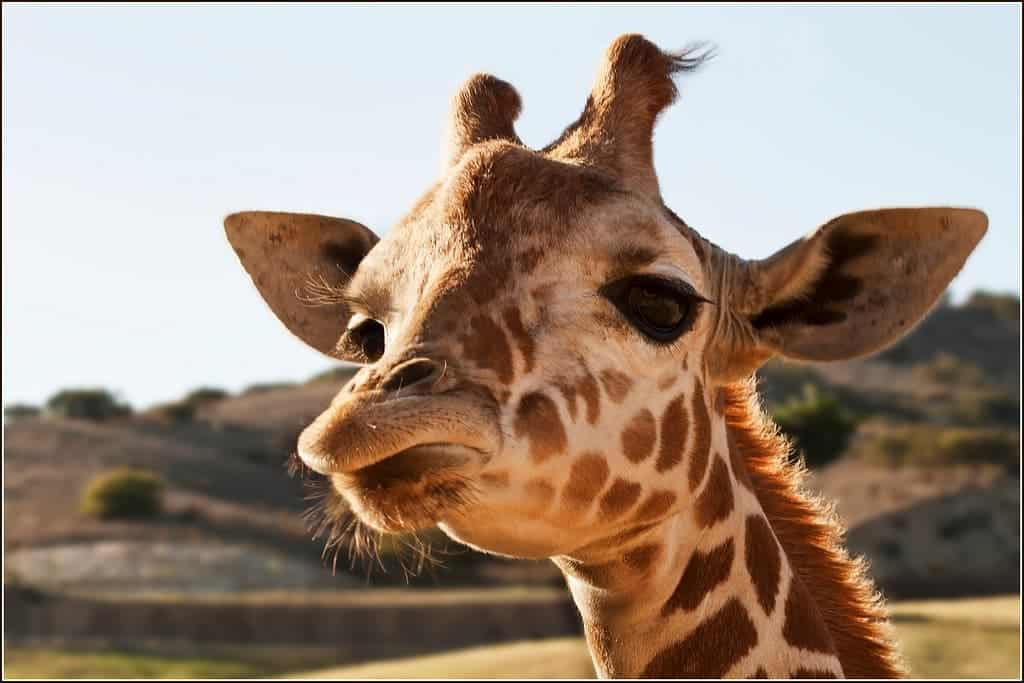The International Union for the Conservation of Nature (IUCN) recently updated its Red List of Threatened Species. Two giraffe subspecies are now listed as critically endangered, and one as endangered.

Giraffes are some of the most bizarre creatures on Earth — and they’re also some of the most popular ones. Over the past few years, giraffes have been undergoing a ‘silent extinction’ — although populations in some areas are growing slightly, others are declining at an alarming rate. Until 2016, all giraffe populations were classified as ‘least concern’, but later that year, the global Red List of threatened species classified them as ‘vulnerable’, which means that the population has declined by more than 30% over the past three generations. Since then, things have only gotten worse.
There are 9 subspecies of giraffes. Out of them, one is stable and two are improving slightly. The other five are declining at an alarming rate. The culprits are quite familiar: the rapid growth of human populations and intensive agriculture has led to massive habitat destruction and fragmentation. However, civil war has also taken a massive toll.
“In these war torn areas, in northern Kenya, Somalia, and Ethiopia in the border area with South Sudan, essentially the giraffes are war fodder, a large animal, extremely curious that can feed a lot of people,” Dr. Julian Fennessy, who co-chairs the IUCN giraffe specialist group, told the BBC.
Unfortunately, there is little conservationists can do to limit the effects of this war, although conservation campaigns can still be successful. However, there is a general lack of awareness, Fennessy adds.
“Whilst giraffe are commonly seen on safari, in the media, and in zoos, people – including conservationists – are unaware that these majestic animals are undergoing a silent extinction. While giraffe populations in southern Africa are doing just fine, the world’s tallest animal is under severe pressure in some of its core ranges across East, Central and West Africa. It may come as a shock that three of the currently recognised nine subspecies are now considered ‘Critically Endangered’ or ‘Endangered’, but we have been sounding the alarm for a few years now,” Fennessy added in a separate press release.
To make matters even more complicated, while the IUCN considers giraffes to be one species with nine subspecies, recent genetic analyses have found that there are four distinct species of giraffe — with potentially “immense” consequences for conservation.
The Northern giraffe Giraffa camelopardalis (which includes the ‘Critically Endangered’ Kordofan and Nubian giraffe, and the ‘Vulnerable’ West African giraffe) and Reticulated giraffe Giraffa reticulata can be considered some of the most threatened large mammals in the wild, with less than 5,200 and 15,785 individuals remaining in the wild, respectively.
“Working collaboratively with governments and other partners, we feel that our proactive measures are saving giraffe in some areas before it is too late,” said Arthur Muneza, the East-Africa Coordinator of the Giraffe Conservation Foundation.


